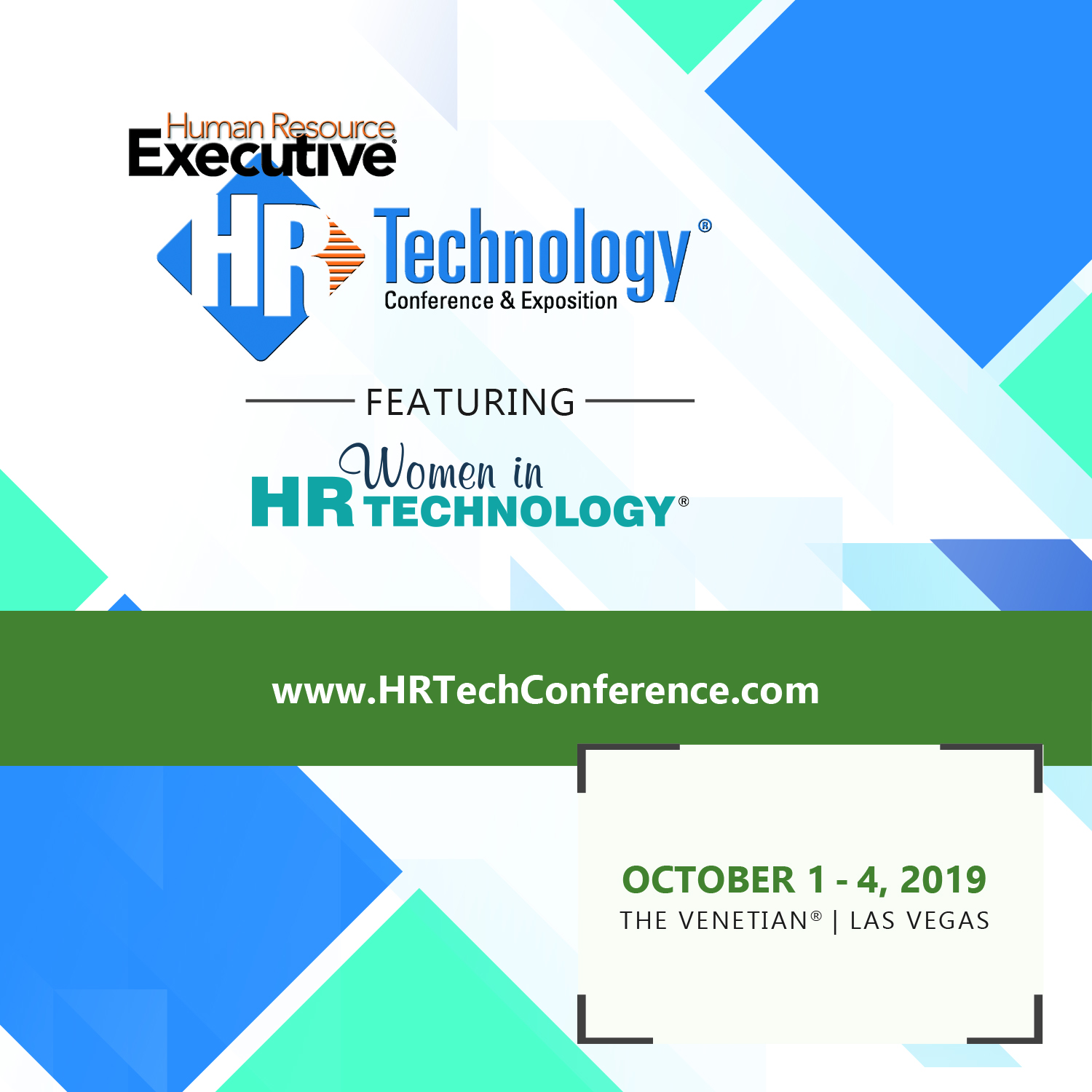MBTI and ROI and E2.0
I saw a presentation yesterday on Change Management and the impact of people's Meyers-Briggs (MBTI) classifications on accepting change and was struck by one slide that attempted to explain the differences in outlook between the 'Sensing' and 'Intuiting' dimensions. Flickr - trussmonkey
Flickr - trussmonkey
The slide indicated that 'Sensing' folks prefer to trust and rely on 'real' or verifiable data. 'Intuiters' on the other hand prefer to focus on connections and meaning, and trust and rely on insights and explanatory patterns.
It seems to me that most of the so-called Enterprise 2.0 technologies like social networks, blogs, wikis, etc. rely on the 'Intuiting' benefits. Things like seeing value in connections, trying to interpret the patterns, and focusing on connections seem to me to be foundation of E2.0 evangelism.
But the folks that control the budget, allocate resources, and otherwise tend to demand 'real' numbers and detailed ROI calculations for these projects are typically squarely on the 'Sensing' side of things. They rely on verifiable data, fact and figures, and proof of value.
I wonder if this contrast and conflict between the 'Sensers' that control all the $$ and resources and the 'Intuiters' that are usually the most passionate advocates for E2.0 is behind the difficulty that many would-be implementers of E2.0 solutions have in 'selling' these tools in the enterprise.
So what do the MBTI theorists offer to help 'Intuiters' deal with 'Sensers'?
1. Present the pitch or arguments for E2.0 in precise, step by step manner - this FASTForward blog post has links to several success stories that you can use a a resource for your plans. Another great resource is the 'Groundswell' book by Bernoff and Li.
2. Be as detailed and descriptive as possible as to the 'real' benefits that will accrue to the organization - this blueprint has some suggestions
3. Present the proposed implementation plan, the milestones, resources needed, and overall implementation approach. A great article on this is here.
4. Clearly state the metrics that help define success, why these metrics were chosen, and how you will measure and report them - some examples from the Social Organization blog - here
Remember, the 'Sensers' want the practical details, they want the hard data.
If you walk into that room as an 'Intuiter' and try to sell an abstract 'collaboration nirvana', you probably have already lost your argument.
What other ways have you seen E2.0 projects get pitched to skeptical management?

 Steve
Steve